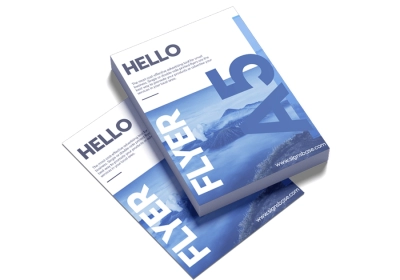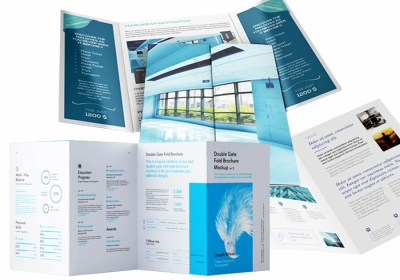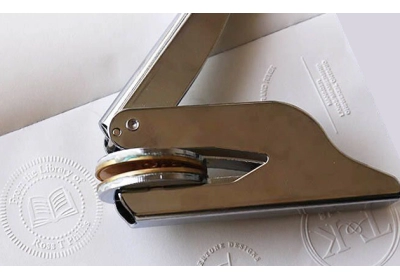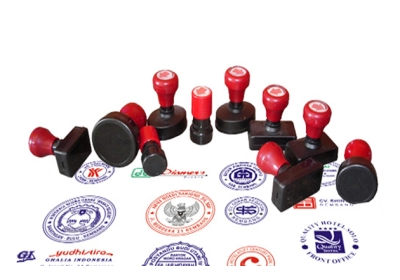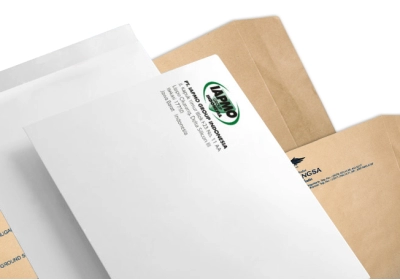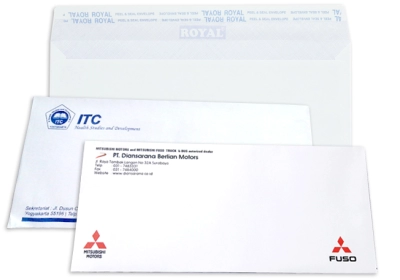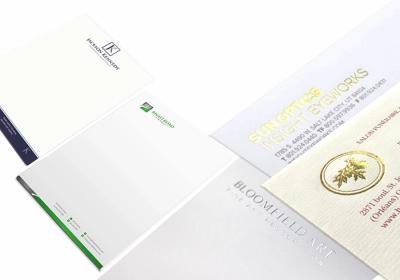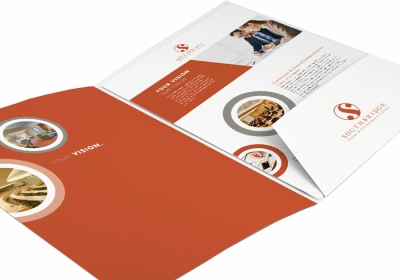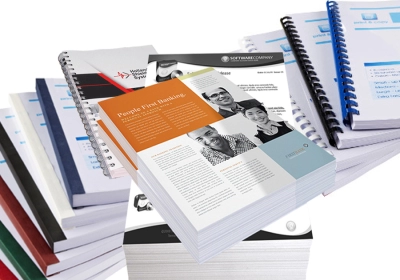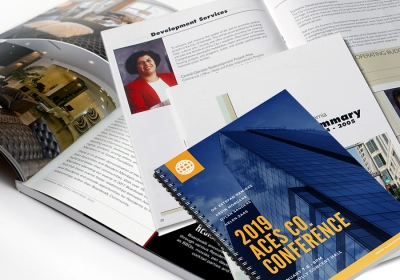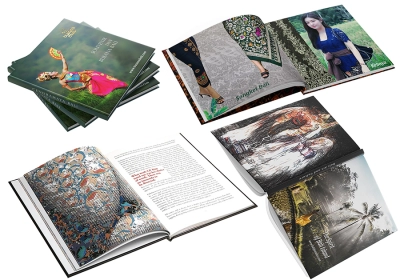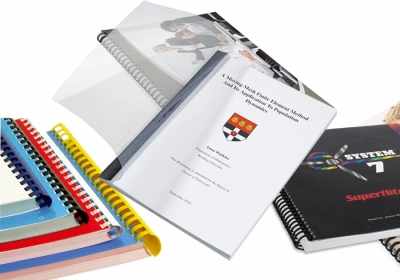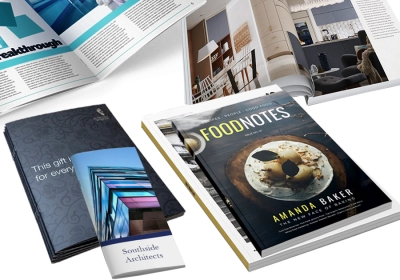Digital & Hard Proof Prints
PDF Proof
- The artwork has the correct amount of bleed.
- The images are the correct resolution.
- The texts are not too close to the trim or fold edge.
- Small size texts are not set up as CMYK.
- Any solid black background is not set up as purely 100% black.
- The artwork size and the order size are as specified.
- Remove all embedded ICC profiles
- Check the fonts are embedded
- Flatten all transparency
- Convert all colors (RGB or Pantone) to CMYK if the job is to be printed full color
- Measure the spine thickness and ensure the text and images on the spine match the spine thickness
- Ensure the hardcover binding book has enough wrapping space on the cover artwork
- Make sure the foil stamping, embossing and debossing artwork are vector graphics or vector texts.
Low-Resolution PDF Proof for Approval
After any of these issues are highlighted we will modify them if possible. If this is not possible, we will ask you to modify the elements in your original artwork. We will send you a set of low-resolution PDF proof by email to highlight any issues. If you are unsure how to correct any of these issues you can upload the original artwork. We will then modify it, generate new PDF print files and reproof to you. We are happy to offer advice on addressing any of the common issues met when creating print-ready artwork.
Most professional designers produce perfect artwork. Even if your artwork is perfect, we will still send a set of low-resolution PDF proof for approval. The PDF proof will give you a final chance to check any grammatical errors, typos, etc.
In comparison to other options, PDF proof is undoubtedly one of the most cost-effective proofing methods. For customers and jobs that demand high color accuracy, a PDF proof alone is not the best solution.
For anything color critical, we recommended you use hard proofing, a digital sample, an offset printing sample or a dummy. Sometimes more than one of these proofing methods may be required.
The proofing method depends on time, budget and expectations. Most designers and clients will be happy with a PDF proof as they are confident about how their artwork is set up. This will save time and keep costs down.
For larger runs of jobs and those that demand very critical color and image reproduction, it is worth considering other proofing options. The expense involved if the printed job is not correct can far outweigh the proofing costs.
Hard Proof Prints
Hard proof is also called hard-copy proofing. It is a digitally printed inkjet sample that is used for checking the job before commencing the entire print run. The actual job is printed on an offset press. Hard proof is only used to check the color and the content. It is a set of the page by page color printing proofs that will not be bound like the final product. The hard proof will show up any issues with images, logos, and text that may be a problem. It is not produced on the same paper that is used for the final print run. It is also not used to show any binding or finishing processes. We recommend that clients use a dummy for checking paper and binding quality.
How Do We Produce Hard Proof?
Hard proof is produced by our digital printing proofing machines. These use the color proof system to control the hard proof color. The proof is calibrated to international standards to match offset litho presses. The calibration is checked regularly to ensure the highest standards of color control are maintained. The GMG color proof system reproduces color with 95% accuracy. Offset litho presses are run to tight color control standards and the GMG proofing system is fingerprinted to match these characteristics.
The pdf files used are the same as for the final print run. They are passed through a different color control system to accurately replicate the press colors.
Why Do We Do Hard Proof?
Hard proof is a cost-effective method of checking the print job before commencing the normal print run. The color calibration means it is much more accurate than a pdf check on a screen. It is also much easier to check text, logos, and images on hard proof than a pdf.
The hard proof is produced before any printing plates are made for the normal printing run. This means a customer can check the job and make any necessary corrections at this stage. It can save the client extra expense as it a relatively cheap proofing option. If color accuracy is an important factor for the print job, a hard copy is very useful.
Hard proof is set up to produce accurate color representation on standard coated papers. Therefore the color may change slightly on the press when printing on certain uncoated or colored paper stocks and boards. It is important to understand what the hard proof is for and its limitations.
Hard Proofing vs Normal Printing
Hard proof is a content and color checking device. The digital files used are the same that are used for the final printing on the offset press. They are processed via the same RIP and therefore can be guaranteed to be accurate. The normal print run is produced on the actual paper stock.
Hard proof is produced on a digital inkjet proofing machine on standard digital printing paper. This paper is specially produced in order to be calibrated to accurately reproduce offset litho colors. Normal printing uses different inks; commonly cyan, magenta, yellow and black plus special Pantone colors and others. Normal printing is also produced on a wide range of papers and boards with differing weights and finishes.
The budget and expectations of each job need to be considered when choosing hard proofing.
What Types of Printing Products Are Digital Samples Suited For?
If you are in the initial stages of producing a new project, a digital sample is a good proofing option. This will give you a rough idea of how the final product will appear. Examples of these projects may be children’s books, comic books, catalogs or new booklet projects.
Digital Printing Sample vs Offset Printing Sample
A digital printing sample is perfect for a quick, low-cost proofing option to give an overall visual guide to a printing project. It is also ideal for the initial stages of the printing project while alterations are still being made. However, it does have limitations and other proofing options may be also utilized in the process. These could be hard proofs or an offset printing sample.
The most accurate method of proofing is an offset printing sample or machine proof. An offset printing sample is produced using the printing plates and printed on the same presses that will produce the final job. It also uses the exact paper stock chosen for the project. This is particularly important if the paper stock is uncoated, tinted or has some other unusual characteristic. The color appears differently on varying stocks, particularly if they are uncoated. If special Pantone inks are chosen for the final job an offset printing sample will use the specific inks. Therefore, an offset printing sample is a very accurate reproduction of how the final job will appear. If color accuracy is essential, or the job has a high value, then an offset printing sample is important.
Normally only a few pages will be proofed using this method and hard proof will also be produced with the complete layout. The offset printing sample shows the customer exactly how the colors will be reproduced and how affected they are by the paper stock chosen. The hard proof is then used to check the complete job for text, images, and graphics.
Every printing job needs to have its proofing methods chosen depending on several factors. These can be budget, time constraints, the value of the job and color accuracy required.
Every proofing method has different costs attached to it, so it is important to speak to Bali Print Shop before commencing the project. We can advise you on the best proofing methods for your printing project. This enable us to produce it to the highest standard and as cost-effectively as possible.
Dummy Sample
Dummy is also called an unprinted mock-up. It is a made-up blank sample that uses the final printing paper stock and binding method. A dummy helps you check the interior paper, binding method, cover surface lamination, cover paper, book thickness, and book size. It shows you how the final product will look and feel without the printing. The dummy is assembled and bound by hand. This blank sample is an important part of planning a print project. A dummy is produced in conjunction with various proofing methods to give a complete overview before the main print run is commenced. These proofing methods include PDF proofs, digital samples, hard proofs and offset printed samples. Using a dummy in conjunction with the recommended proofing method is the best way to ensure your print job is produced correctly.
When Do You Need a Dummy?
A dummy is ideal to show you exactly how your book will look. It shows the size, thickness, weight and binding style. The exact paper stock, number of pages and binding style is used to produce a dummy. The dummy is an accurate representation of what your printed book will be like. A dummy is a useful tool for both the designer and the customer. Alterations can be made after the production of the dummy before the extra expense is incurred. It is difficult to envisage how a print project will look simply at the artwork stage, as it is only displayed on a monitor. The paperweight chose, for example, maybe too heavy or too light. Or the binding style may not suit the number of pages and design. The cover paper stock may not work well with the interior paper stock. It is possible to change these specifications after the production of a dummy but before printing. This will save time in the long term and, of course, money. To check the color and layout of the whole project a hard proof is ideal as well.
Dummy vs Digital Sample
A dummy is perfect for showing the size, weight, paper stock and binding style of the print project. However, as it is blank, other methods need to be used to check the design aspect of the job. A digital sample is a good starting point to visualize the design and layout of the print project. Although not strictly accurate for color, a digital sample can be used to check text, image and graphic sizes and positioning. The digital sample is produced on a generic paper stock so it not a reflection of the paper stock either. It is a good idea to use both a dummy and a digital sample when in the initial stages of the design process. Once these factors are decided, the next stage would be to produce hard proofs or offset printing samples.
All the proofing methods have a time and cost element to them. Therefore it is important to choose the correct proofing methods for your print project to deliver the perfect result.

